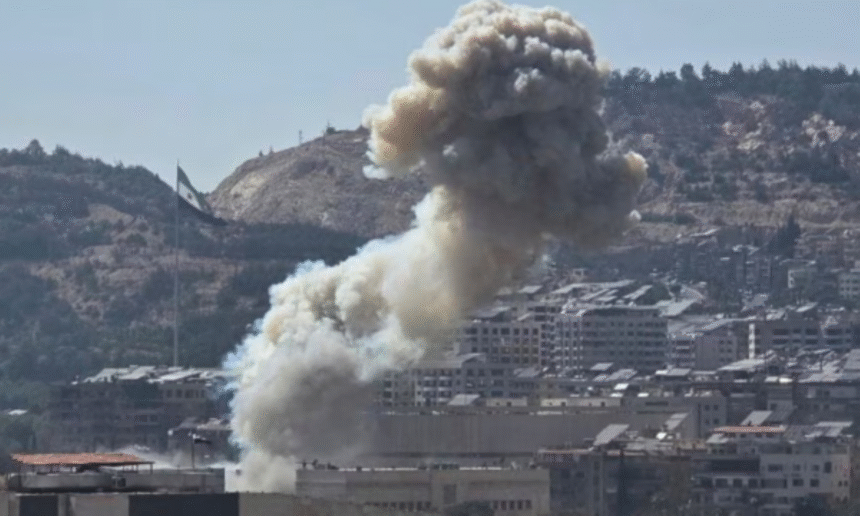The Syrian government and leaders of the Druze religious minority announced a new ceasefire on Wednesday, following days of intense fighting that has threatened the post-civil war political transition and prompted intervention from neighboring Israel.
It remains unclear whether this new agreement—announced by Syria’s Interior Ministry and a Druze religious leader via video message—will hold, particularly after a previous ceasefire declared just a day earlier quickly failed. A prominent Druze leader, Sheikh Hikmat Al-Hijri, has already distanced himself from the new agreement brokered by other Druze officials.
Israeli Intervention and Regional Implications
The announcement comes as Israel conducted a series of rare airstrikes deep in Damascus, part of a campaign it states aims to protect the Druze minority and push Islamist militants away from its border. The Druze community has significant populations in both Israel and Syria; in Israel, they are considered a loyal minority, often serving in the military.
The latest escalation in Syria began with retaliatory kidnappings and attacks between local Sunni Bedouin tribes and armed Druze factions in the southern province. Syrian government forces intervened to restore order, subsequently clashing with Druze forces.
This escalating violence appears to be the most serious threat yet to the new Syrian leadership’s efforts to consolidate control. The country’s nearly 14-year civil war concluded in December with a rebel offensive, led by Islamist groups, that toppled long-term leader Bashar al-Assad. The predominantly Sunni Muslim leaders now face suspicion from religious and ethnic minorities, especially following sectarian revenge attacks in March between government forces and pro-Assad armed groups.
Who Are the Druze and the Toll of the Conflict
The Druze religious sect originated in the 10th century as an offshoot of Ismailism, a branch of Shiite Islam. More than half of the world’s approximately 1 million Druze reside in Syria. Other significant communities are found in Lebanon and Israel, including the Golan Heights, which Israel captured from Syria in the 1967 Middle East War and annexed in 1981.
Official casualty figures have not been released since Monday, when the Syrian Interior Ministry reported 30 deaths. However, the UK-based Syrian Observatory for Human Rights (SOHR) reported over 300 fatalities by Wednesday morning, including four children, eight women, and 165 soldiers and security forces.
Syria’s interim President, Ahmad al-Sharaa, condemned the violence on Wednesday, stating that “these criminal and illegal actions cannot be accepted under any circumstance and are completely contrary to the principles on which the Syrian state is built.” He vowed that perpetrators would be punished.
In a show of solidarity, Druze individuals in the Golan Heights gathered near the border fence to protest the violence against their compatriots in Syria.
Israel’s Continued Assertiveness
On Wednesday, Israeli Defense Minister Israel Katz declared that the Israeli army “will continue to strike regime forces until they withdraw from the area and will soon raise the level of responses against the regime if the message is not understood.” Israeli Prime Minister Benjamin Netanyahu stated on Tuesday evening that Israel has “a duty to maintain the southwestern region of Syria as a demilitarized zone on the border with Israel” and “an obligation to protect the Druze population.”
Since Assad’s fall, Israel has maintained an aggressive stance toward Syria’s new leaders, citing its desire to prevent Islamist militants from operating near its borders. Israeli forces have taken control of a UN-patrolled security zone in Syrian territory along the Golan Heights border and have conducted hundreds of airstrikes against military targets in Syria.







